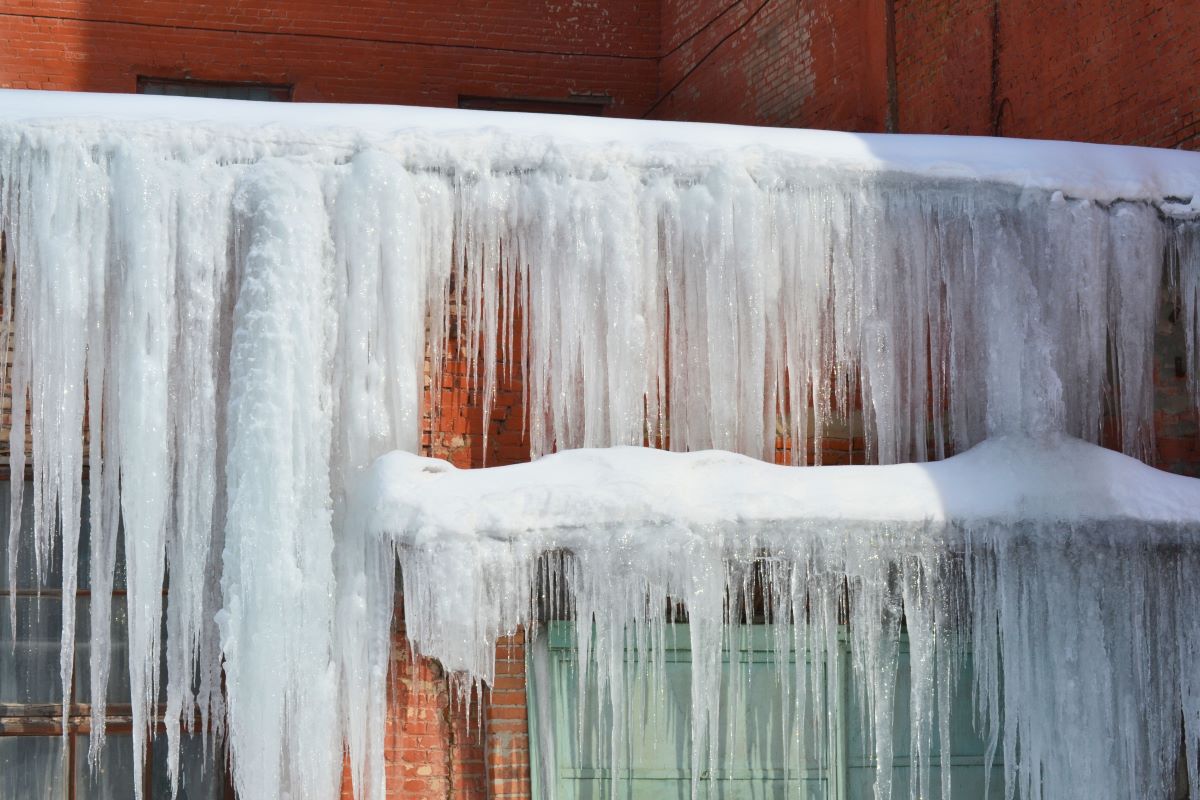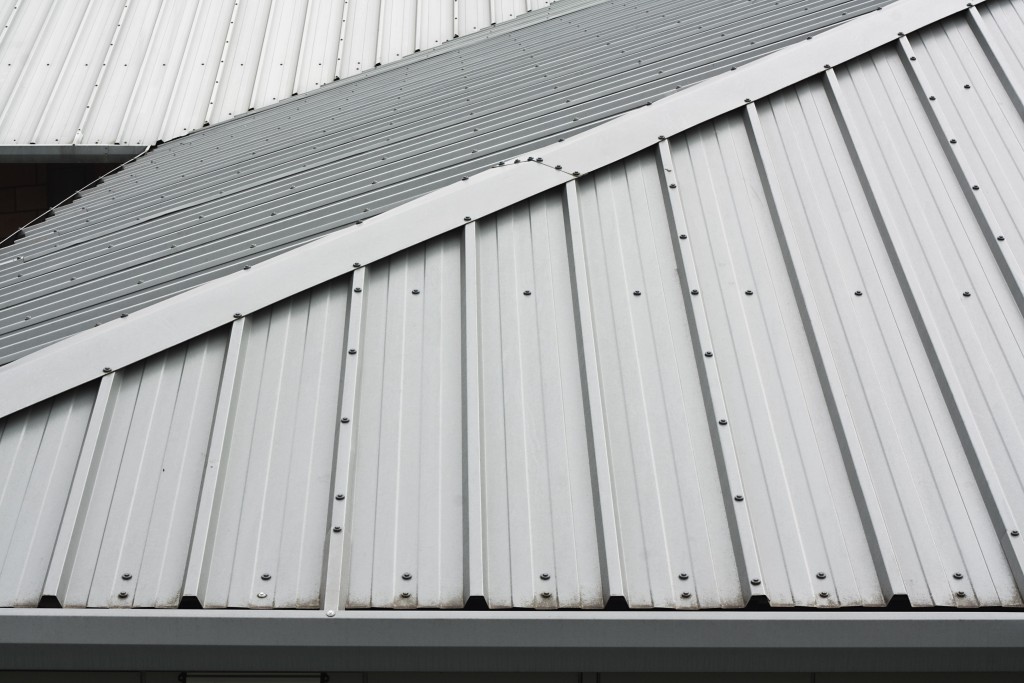“Winter is coming.”
We’ve heard this line too many times in the past couple of years. The characters from Game of Thrones use this line to remind people of the threat of war and their enemies. It reminds people to remain vigilant. Well, in a way, it also applies to us in real life, especially now. With the year drawing to a close, winter is coming.
We have to prepare ourselves for the worse damage that the season might bring. We have to make sure that everything is in order in the next couple of months. The roof of our homes is one of the things we have to care for. If it’s not strong or maintained enough, it can be the worst casualty that you have to face. The drastic change in temperature and precipitation challenge the roof’s integrity.
No one wants to deal with roof damage during wintertime, especially when all you’d want to do is to curl up in a cozy chair in a well-heated house. To know if your roof is ready to face the storms of the snow, you must know the issues you might have to deal with. These are the six most popular types of damage that the winter causes on a roof:
Drainage
A good drainage system is essential for keeping your roof in top shape. In winter, the drains and gutters might become frozen and clogged by ice. You can’t really stop them from freezing. But what you can do is to ensure that they don’t stay frozen for too long. Clogged pipes will cause various issues such as snow melt, leaks inside the house, and overall structural damage.
Trapped Snow Melt
This is a very common problem because it comes from a very simple problem: a blocked drainage system. During colder temperatures, such as at night and in the early morning, ice forms on the roof. But at warmer temperatures, such as in the afternoon, this snow melts. If the water has nowhere to go because of the blocked pipes, then it will stay there and grow into an ice dam.
An ice dam can lead to leakage in various parts of the house. There are many ways to prevent this, such as insulating and ventilating the upper floors and installing hear trace cables in the gutters. You can also opt for a corrugated roofing system. Roof systems made of metal can shed snow more easily than other types of roofs.
Formation of Icicles
As a kid who grew up in the northern states, playing with hanging shards of icicles may be part of your childhood. But they’re incredibly dangerous. Your parents probably forbid you from playing with the fallen ones. But icicles are a common roof problem as well. Similar to snow melt and ice damming, icicles form because of the changes in temperature during the day and night. They may damage your roof by weighing heavily on shingles or gutters.
Icicles are also very hazardous because sharp formations of ice could break and fall on windshields of cars or people standing below. You can prevent the formation of icicles in the same ways as preventing ice damming.

Heavy Piles of Snow
You may think that roofs with sloped shapes are beautiful. These include roofs with parapets, roofs with a saw-tooth shape, and roofs with protruding shapes such as chimneys. They make such a nice shape and silhouette for the house. But roofs with unique shapes won’t allow the piles of snow to naturally slide down from the roof. Instead, the piles will build up in various spots of the roof. This makes an unbalanced load. This could overload the roof and cause it to collapse on spots where the piles are the heaviest.
Damage Caused by the Wind
Winter doesn’t just bring precipitation and freezing temperatures. It also brings harsh bouts of wind with it. Wind damage wreaks havoc on the roof by damaging the shingles. They can get curled, loosened, or torn off altogether. The wind can also damage the ridges and rakes of your roof. Unlike other roof damage, there’s no easy and direct way of fixing torn-off shingles. So the best solution is prevention in this case.
Falling Tree Branches
If you have a tree that towers over your roof, it can be a problem for you. Tree branches are also susceptible to heavy snow piles and strong winds. Falling branches can lead to damage to the shingles. But falling trunks of trees could lead to the collapse of the roof.
Winter is a yearly affair for some of us. We might be used to it and have a high tolerance on the temperatures. But our roofs could only take so much through the years. Make sure that your roof is in top shape and ready for the coming winter.



